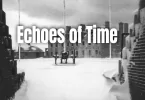Lighthouses are one of those amazing pieces of Americana that fascinate all of us endlessly. Of course, these structures aren’t to be found only in the United States—they’re all over the world, and all throughout history, too. But here in the States, we have a rich tradition surrounding lighthouses, with many iconic ones that feature interesting stories all their own. You’ll find them coast to coast, on the Great Lakes, and elsewhere. There’s even at least one lighthouse on the Mississippi River, the Mark Twain lighthouse in Hannibal, Missouri.
If you’re like me, then you’re probably interested in learning more about the history of lighthouses. So let’s dive in, starting with their earliest origins, and then I’ll show you how they became so iconic in the United States.
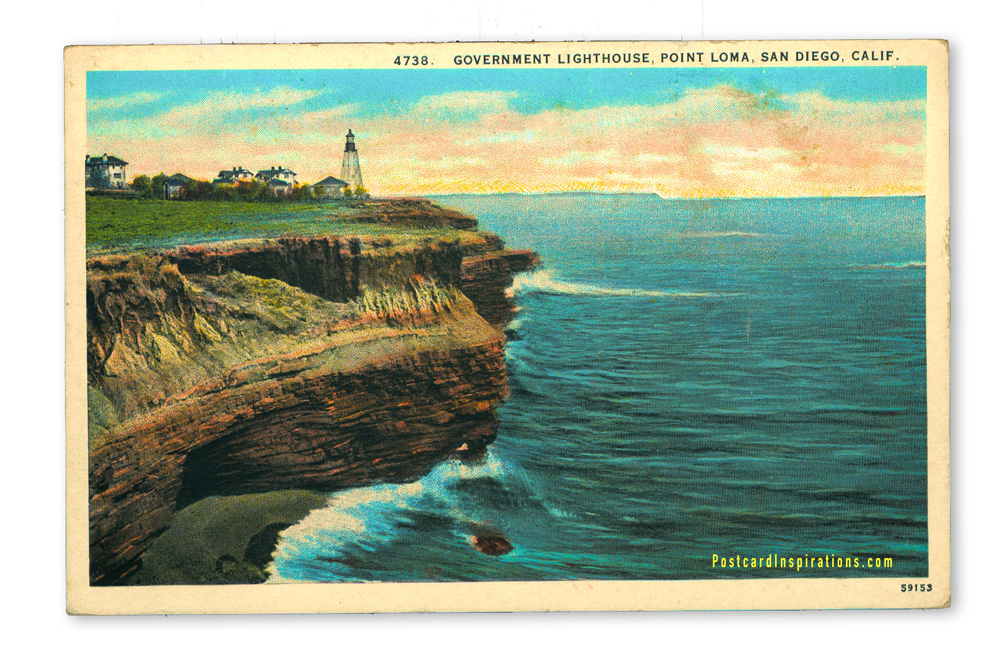
Ancient Illumination
When we think of lighthouses, the image that comes to mind is the quintessential coastal tower, usually either black and white or black and red, with a gigantic shining beacon at the top. Most of these lighthouses are relatively modern—some a century or two old, some newer, but none truly ancient. So it might surprise you to learn that lighthouses date all the way back to ancient Egypt.
What’s the oldest lighthouse in the world? That would be the Tower of Hercules. This structure has stood in Galicia, Spain since the 2nd century AD—and it still works, too.
From Egypt onward, lighthouses sprouted up all over the world as maritime trade and travel grew. Throughout history, no matter where they stood, lighthouses always served two purposes: They were a light source to brighten dangerous waterways at night so that sailors could navigate rocks, reefs, shoals, and other things that might harm their ships, and they were also an important reference point. Lighthouses not only provided a landmark at night but during the day, too. That’s the reason for their distinctive stripes—the colors and patterns are meant to be a recognizable signature so that a mariner could look at the building during the daytime and know where he was.

Origins of American Lighthouses
Because they’re such a big tradition in the United States, you’re probably wondering when the first lighthouses started popping up on our shores. The first was a lighthouse on Little Brewster Island in Boston. It was built in 1716, kept by George Worthylake, who drowned in an unfortunate accident just two years later. The original lighthouse no longer stands—the British destroyed it, though a new one was rebuilt in the original location in 1784. Interestingly, this was the first manned lighthouse in the United States, and it is also the only lighthouse still manned today! While many others are functional, they’re also automated.
From 1716 onward, lighthouses proliferated in the United States. Today, there are too many to name, but here are some of the most notable ones:
- The oldest still-standing lighthouse is still operating in Sandy Hook, New Jersey. It was built in 1764.
- The first lighthouses to be built on the Great Lakes appeared in 1818. These would be the lighthouses at Buffalo and Erie, Pennsylvania.
- Most lighthouses are round, though some are hexagonal or square. There is one triangular lighthouse in the United States, and this would be the Sullivan Island Lighthouse in Charleston, South Carolina. Incidentally, this is also the only American lighthouse featuring an elevator.
- The Cape Hatteras lighthouse is the tallest in the United States. Built-in 1872, it stands 208 feet tall.
- All of the earliest lighthouses in the United States were built on the East Coast. West Coast lighthouses came much later. The first of these stands on Alcatraz, and it was built in 1854.
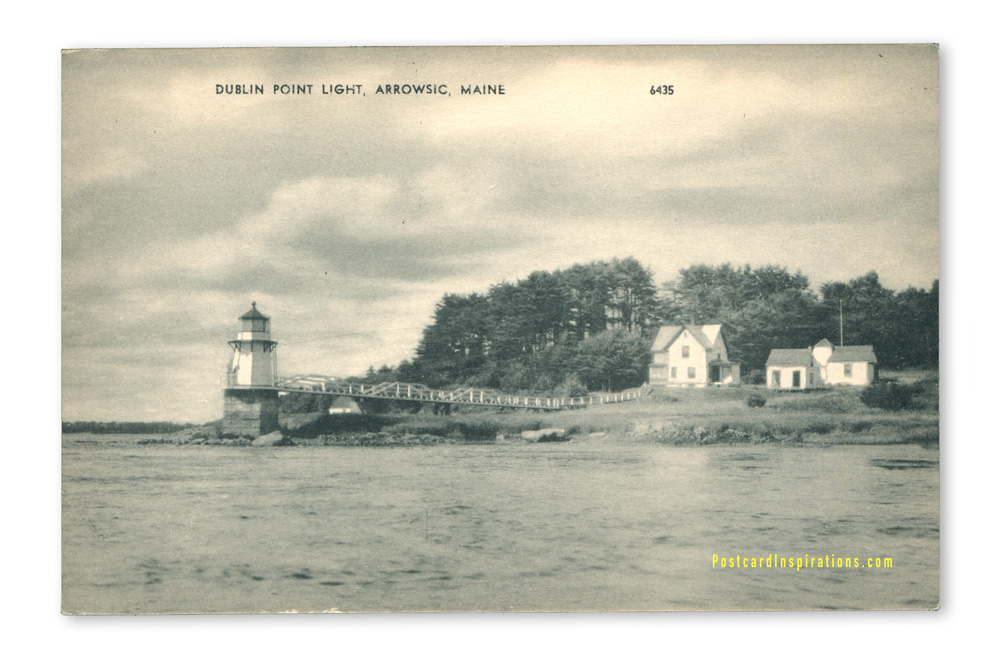
Lighthouses by the Numbers
You’re probably curious how many lighthouses stand on American shores today. The number is right around 700, including oceanic coasts, lakes, and rivers. At different points in our history, this number was a bit higher, but never more than 850 lighthouses working at any one time. Throughout all of American history, there have been about 1,500 total lighthouses. The peak for lighthouse construction was in 1910, this era being the time when there were more operational lighthouses than any other.
Oddly enough, you would think that the state to have the most lighthouses would be one bordering an ocean. However, you’d be surprised to find that actually, Michigan is the state with the most lighthouses. The number varies depending on how you define a lighthouse, but there are between 124 and 130 lighthouses on Michigan shores.
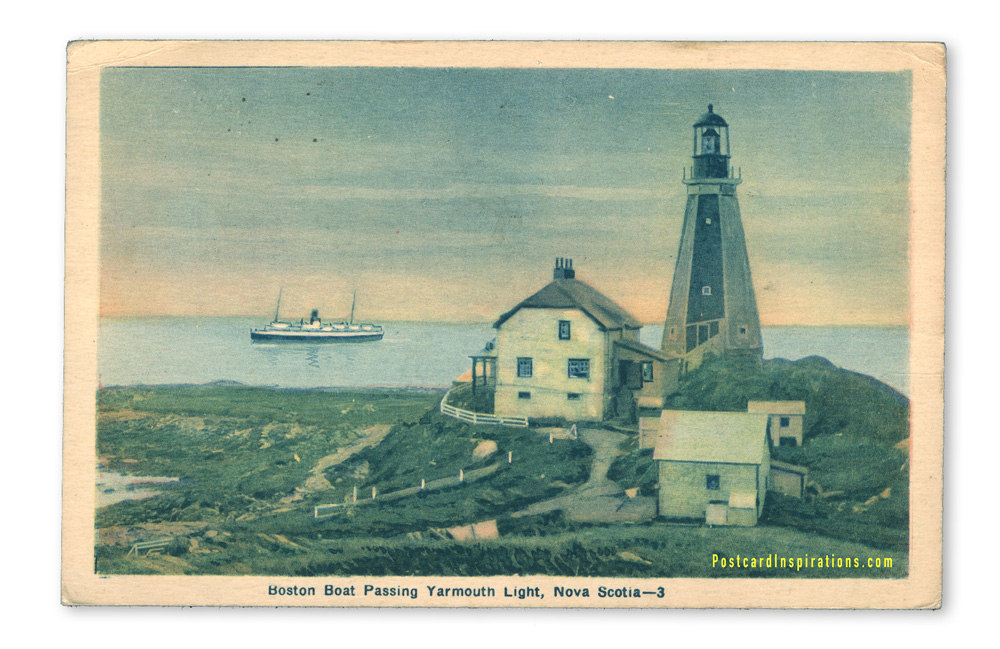
Lighthouse Technology
The overall design of lighthouses hasn’t changed all that much over the centuries. Most of them are tall towers meant to elevate a light so that it can be seen far out to sea. In fact, the very first lighthouse in recorded history, the Pharos of Alexandria, was said to be a 450-foot-tall tower (the tallest lighthouse ever built, if this is true) in Egypt. It was one of the Seven Wonders of the Ancient World. And the light atop it? According to history, it was an open fire.
Wood fires topped the first lighthouses, but as technology—and thus, new fuel sources—grew, lighthouse keepers used whale oil, coal, kerosene, and other combustibles to create the light.
Eventually, the Fresnel lens was invented. This was in 1822, and these lenses used prisms to reflect and magnify smaller lights, which made lighthouses much more efficient. Fresnel lenses were expensive initially, so it wasn’t until 1852, after the founding of the U.S. Lighthouse Board, that these lenses became popular in the United States.
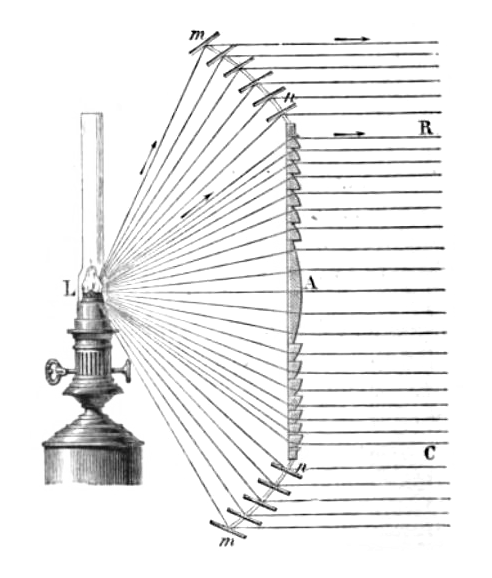
And here’s a surprising fact about lighthouse technology: The first to use electricity to power its light? That would be none other than the Statue of Liberty, which, starting in 1886, spent 15 years as New York Harbor’s lighthouse.

The Statue of Liberty was the first but by no means the last. Electricity spread throughout the United States, and by the 1930s, nearly all lighthouses were powered this way. From there, the days of lonely lighthouse keeping waned. New inventions, like clocks to time the lights, and even mechanical devices that could replace lightbulbs, all led to the automation of lighthouses. By the end of the 1960s, there were less than 60 lighthouses manned by lighthouse keepers.
Nowadays, modern automated lighthouses look quite different from the classical ones we imagine when we think of them. Many of the latest is simply steel towers with a fully automated lighting system atop them. Even though new lighthouses look different from those that feature so prominently in the history and in our imaginations, those classical lighthouses that we know and love aren’t going anywhere. All over the United States, there are organizations devoted to keeping these relics of the past so that future generations can enjoy this fascinating aspect of maritime history just as much as we do today.

